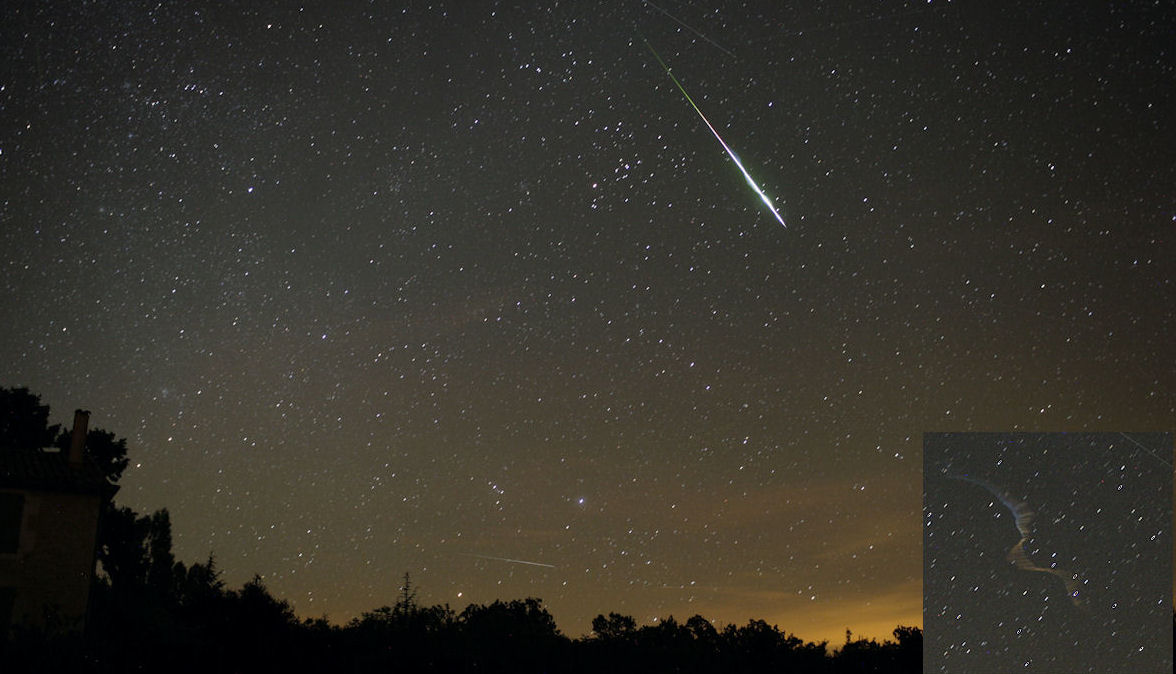
Figure 1. Perseid fireball of magnitude -8, captured during the second peak of the Perseid outburst of August 12, 2016 at 02:15 UT. Camera; Canon 5D. Lens: Canon EF 35 mm F 1.4 lens. Exposure time: 29 s. ISO: 1600. F 2.0. The persistent train was visually 30 seconds visible, but photographically it was visisble for 13 minutes.
This report describes the observing sessions I had together with Michel Vandeputte at a small village, Revest du Bion in Southern France. The weather is in general very good in the Provence but this year we enjoyed exceptional good conditions. Thanks to the extreme clear sky with frequently a lot of Mistral wind this expedition was most successful. The Mistral wind is a very dry wind from the North which creates very clear skies and perfect observing conditions. In numbers, with 3050 observed meteors, this was the best Perseid observing expedition ever since 1986. The total number of hours I could observe, 54.52 hours, was the highest amount of observing time since 1985.
This year I travelled with the High Speed train TGV from Brussels to Marseille. Although I travelled with this kind of trains before, it is still a great experience. You travel at about 300 km per hour to the sunny region of Southern France. From Marseille I took a local train to Manosque where the family Vandeputte picked me up.
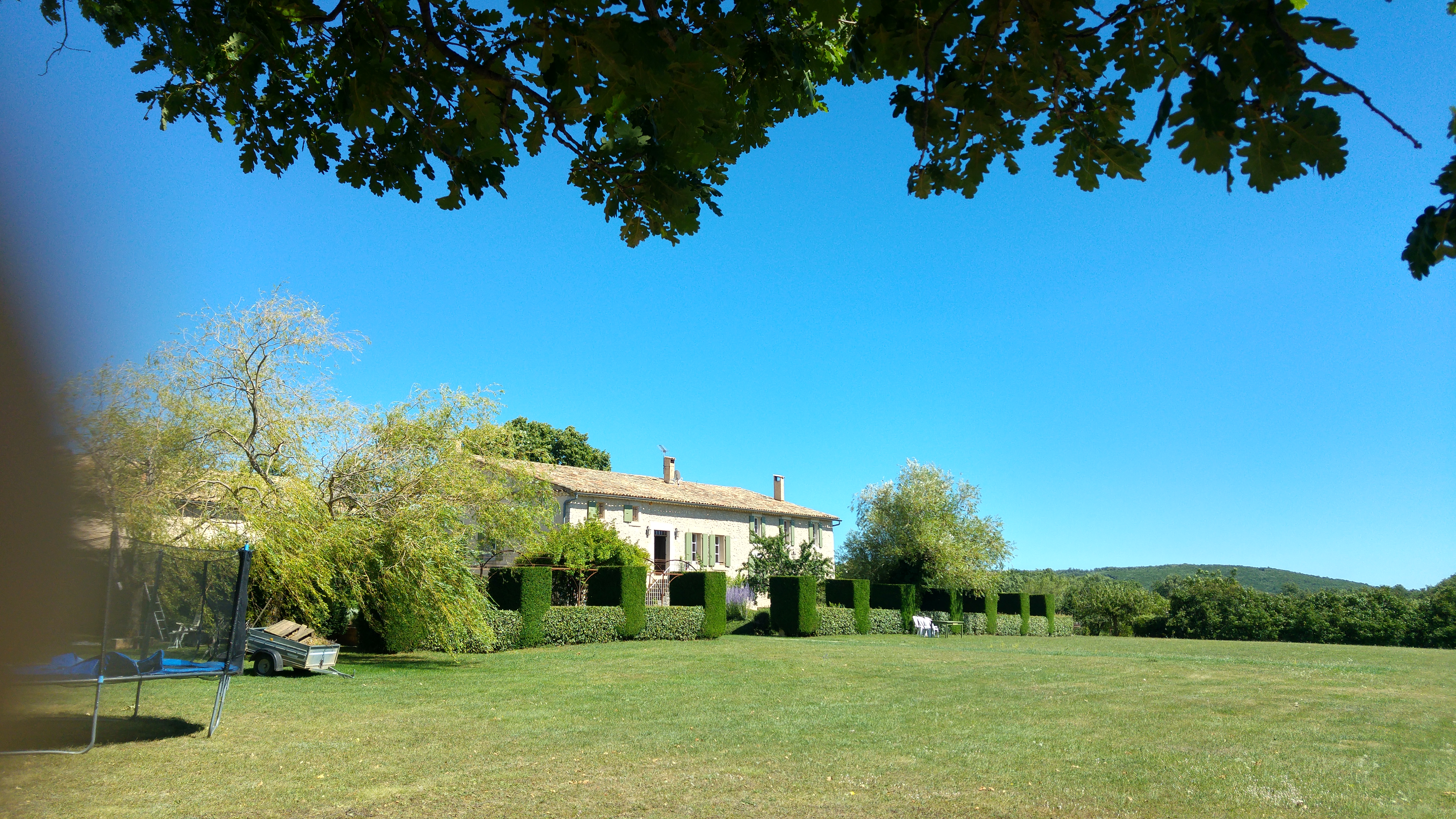
Figure 2. Our rented gite and observing location 3 km west of Revest du Bion, Provence, Southern France
We were able to observe each night. Only 4-5 August remained to a large extend cloudy but towards the morning still 50 minutes of observing were possible after the passage of a cold front. Also 9-10 August looked like it would remain cloudy, but unexpectedly two periods of clear sky allowed another 1.5 hours of data sampling. All other nights were clear. An overview of the observations is presented. The numbers of meteors are based on my own data, Michel observed about the same numbers.
1/2 August 2016
Michel could observe a few hours while I was still in the Netherlands.
2/3 August 2016
84 meteors with little or no peculiarities in 3.75 hours effective observing time and a limiting magnitude of +6.7. Maximum number of Perseids per hour: 7.
3/4 August 2016
A nice observing night with 188 meteors seen in Teff 5.05 hours with a limiting magnitude of +6.7. Mainly faint meteors but that was compensated by the appearance of a -8 sporadic fireball. This fireball has also been captured by the all-sky camera (Canon 6D with a Canon Ef 8-15 mm F 4.0 zoom fish eye lens). Highest count of the Perseïds: 20.
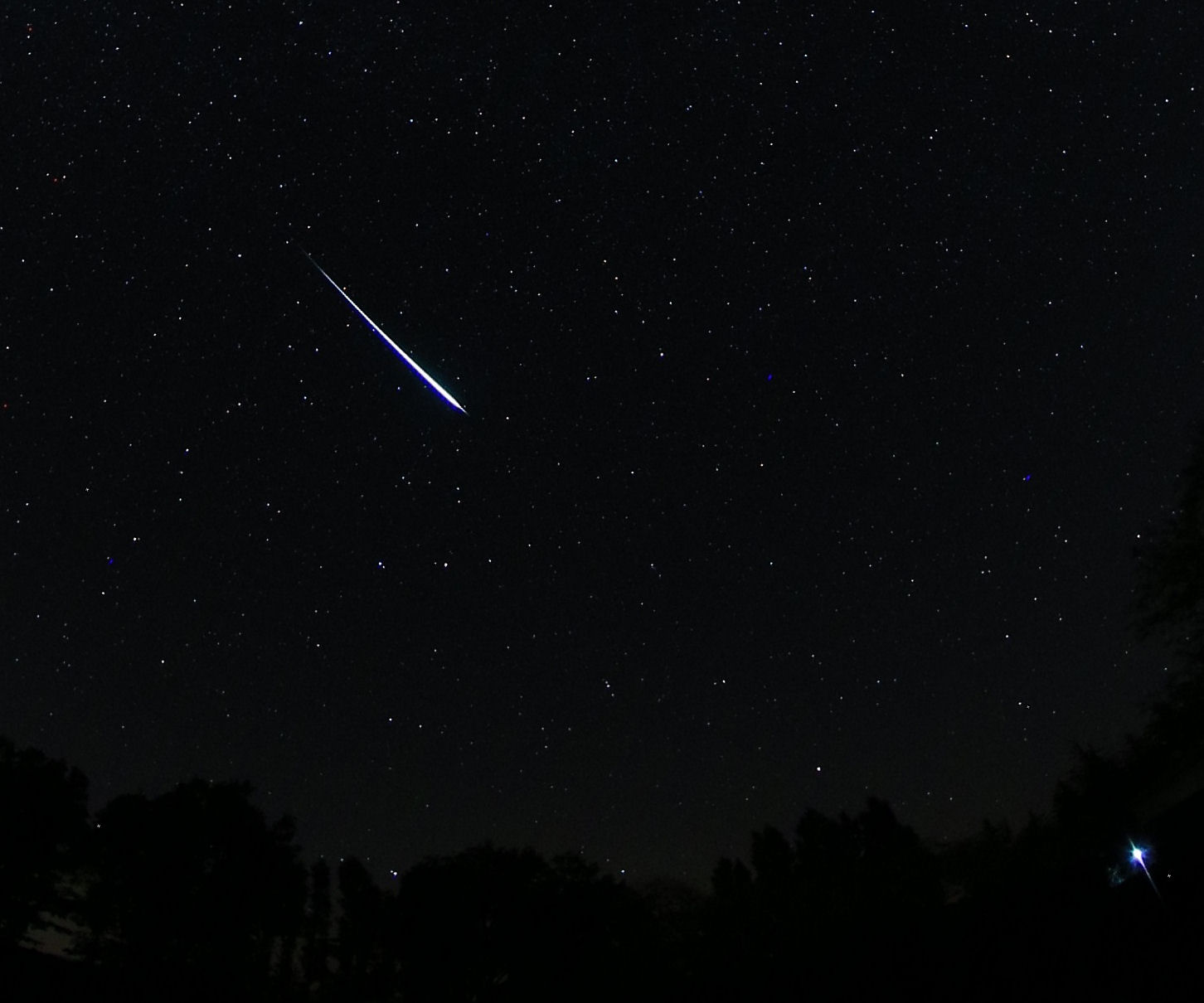
Figure 3. August 4, 2016 at 02:24 UT: bright sporadic fireball of magnitude -8 in Ursa Minor. Camera: Canon 6D. Lens: Canon EF 8-15 mm F 4.0 zoom fish eye lens. Exposure time: 29 seconds. ISO: 2000. F: 4.5. Crop of the Original image.
4/5 August 2016
Passage of a cold front and clear sky before twilight with 0.83 hour of effective observing time. 32 meteors were seen among which 12 many faint Perseids.
5/6 August 2016
Superb clear sky caused by a strong Mistral wind allowed 5.5 hours effective observing with a limiting magnitude of +6.8. 212 meteors were seen including many faint Perseids. Highest hourly count of the Perseïds: 21.
6/7 August 2016
Although the Mistral wind weakened the sky was still crystal clear with 234 meteors seen in 5.58 hours effective observing with a limiting magnitude of +6.8. The number of Perseids increased compared to previous nights and a -3 Perseid appeared. Highlight of the night was an at first glance estimated -10 sporadic fireball at 22h08m UT. It was one of the most impressive fireballs that I ever observed. The distinct greenish colored fireball left an unforgettable impression. I think that the initial estimate as magnitude -10 was too conservative and magnitude -12 is a better value. Comparing the exposure with the fireball with the next exposure it is obvious that the entire field of view was slightly lightened.
Highest hourly count of the Perseids was 26.
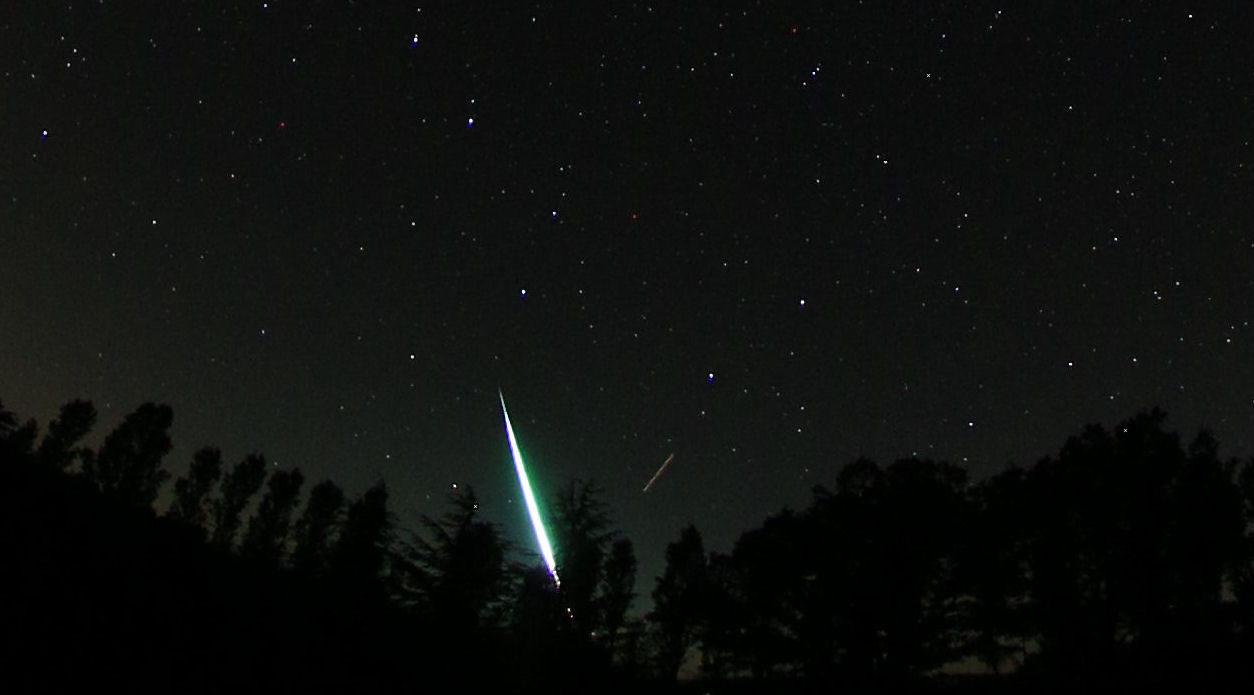
Figure 4. Bright sporadic fireball of magnitude -12. Camera: Canon 6D. Lens: Canon EF 8-15 mm F 4.0 zoom fish eye lens. Exposure time: 29 seconds. ISO: 2000. F: 4.5. Crop of the original image.
7/8 August 2016
Slightly less perfect conditions, but what to complain about with a limiting magnitude +6.7 instead of +6.8. 221 meteors in an effective observing time of 5.52. The brightest meteor I observed was a -3 Perseid. Highest hourly count of the Perseïds: 29.
8/9 August 2016
Again slightly less good circumstances due to haze and later on cirrus clouds moving in ahead of an arriving front. 206 meteors in 4.7 hours effective observing time with a limiting magnitude of +6.7, later decreasing during the night. Highest hourly ount of the Perseïds: 31.No bright meteors were seen.
9/10 August 2016
This night was expected to be cloudy but it turned out not to be that bad. Lots of cirrus clouds with two periods of clear sky that allowed observing. 81 meteors were counted in 1.63 hours effective observing, including a -6 Perseid (outside the observing period). Highest count of the Perseïds: 27 (t.eff 0,60 hr).
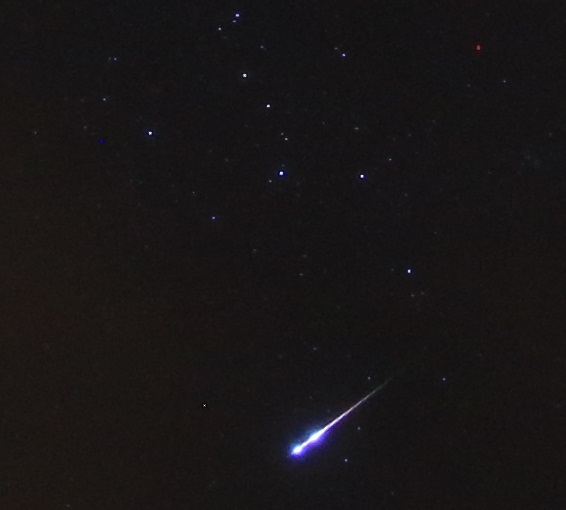
Figure 5. Perseid fireball magnitude -6 on August 10, 2016 at 01:41 UT. Camera: Canon 6D. Lens: Canon EF 8-15 mm F 4.0 zoom fish eye lens. Exposure time: 29 seconds. ISO: 2000. F: 4.5. Crop of the original image.
10/11 August 2016
This night was supposed to be crystal clear but when we got outside we had a nasty surprise. The sky was filled up with orographic clouds (clouds in the shape of flying saucers or long cigars). Luckily these resolved after a while and the limiting magnitude got +6.7. The Perseids performed quite strong, probably no enhanced activity yet but a maximal hourly count of 57. I saw 344 meteors in 5.73 effective observing hours, including two Perseids of -3 and one of -4.
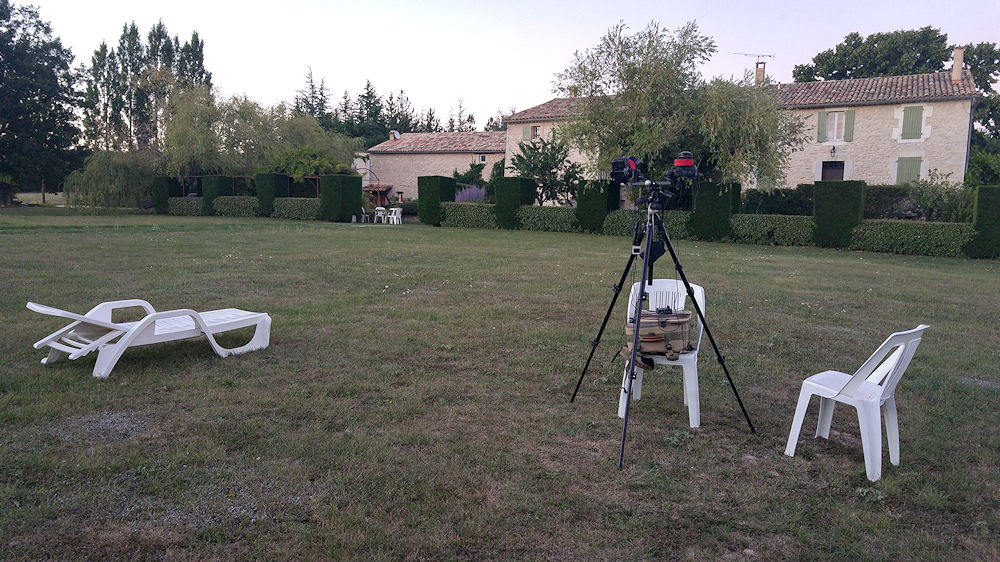
Figure 6. Ready for action!
11/12 August 2016: wow what a show!
The night with expected enhanced Perseïd activity. As soon as 19h50m UT Koen started observing at dusk, not yet officially counting, but to witness any possible early outburst or some nice Earth grazers. Just a minute after start a nice -2 KCG was seen, the activity remained modest. Some cirrus had been forecasted and therefore we felt a bit worried. Indeed there was some thin cirrus layer but that did not pose any problem. When the effective visual observing session could start at 20h30m UT the Milky Way was visible in spite of the presence of the Moon at First Quarter and the limiting magnitude was near +6.0. The first hour was rather calm with some dozens of meteors. After a short period all the cirrus had disappeared except at the western horizon and some orographic clouds could be seen low at the southern and western horizon. During the night most of the orographic clouds would disappear.
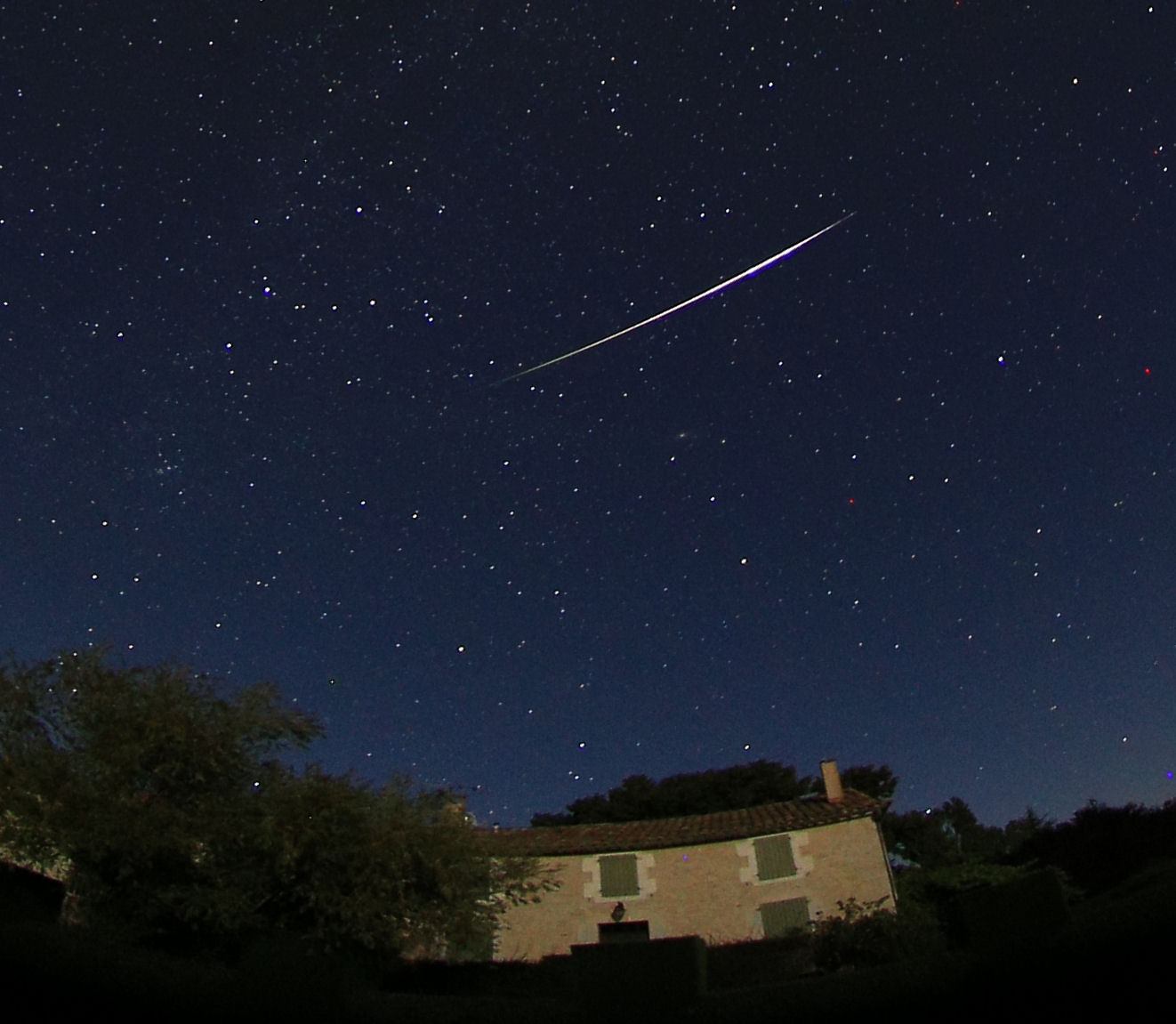
Figure 7. Perseid fireball of magnitude -5 above our Gite! Camera: Canon 6D. Lens: Canon EF 8-15 mm F 4.0 zoom fish eye lens. Exposure time: 29 seconds. ISO: 2000. F: 4.5. Crop of the original image.
The activity increased in the second hour including a -5 Perseid. About 21h30m UT it became obvious that something was going on. More and more bright Perseids occurred but also a lot of faint stuff. The activity culminated in a peak between 23h15m. A first calculation of the ZHR based on Koen’s observations indicates that the ZHR was close to 300! During the time of the peak you could see Perseids popping up all over the sky and each minute there were 1 or 2 Perseids of magnitude +1 to -3. Some minutes we counted 4 to 5 Perseids per minute. This was very nice to watch. Suddenly the activity level collapsed after 23:23 UT. Within a few minutes the hourly rate dropped by half. Also the Japanese radio observations show this. We had never before seen such a steep decline in activity. It was a spectacular outburst! In the period immediately after this outburst we were treated with some nice fireballs of -4 till -8.
After half an hour the activity increased again to spectacular levels. 6 – 7 Perseids per minute were seen and several fireballs appeared in the range of -3 to -8. We think that the second peak occurred between 02h00m and 02h15m UT. Around that time appeared a -4 and a -6 Perseid within a few seconds followed by a -8 Perseid few minutes later. The latter has been captured very nicely with a Canon 5D with a Canon EF 35 mm F 1.4 USM lens. The persistent train could be monitored photographically for 13 minutes. Furthermore there was plenty of bright stuff in the magnitude range 0 to -3. Wow, what a great show we saw!
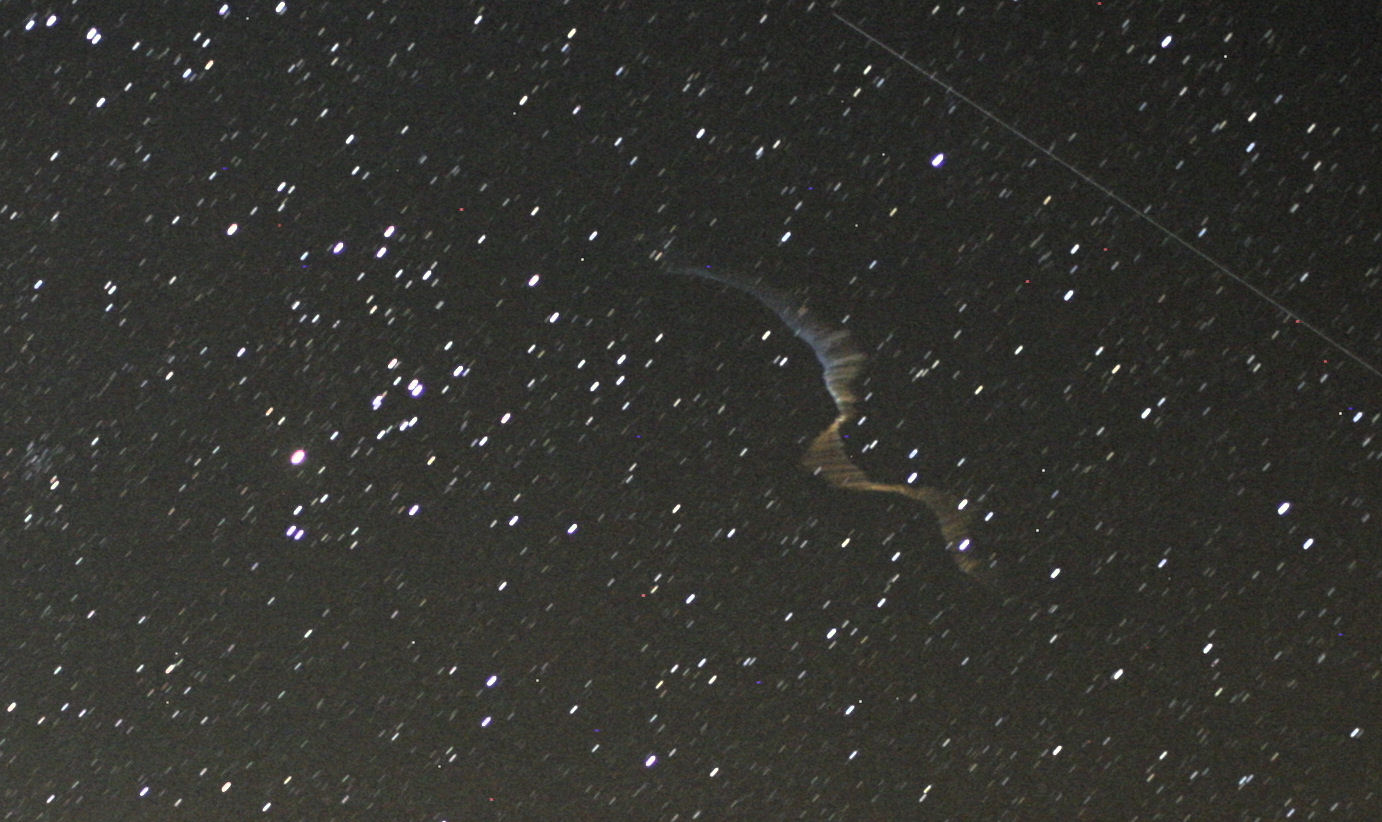
Figure 8. Persistent train of the Perseid fireball of August 12, 2016 at 02:15 UT.
After 2h30m the activity decreased, but probably the twilight and upcoming cirrus clouds also reduced the visual activity a bit after 2h50m UT. A nice -6 Perseid with a terminal flare of -8 appeared as final event of this very memorable night!
The observations quit about 3h25m UT when the twilight was already quite bright. We gave each other a pat; what a splendid meteor show we had witnessed. It was the most impressive event since the Leonids 2001 which we observed both from China.
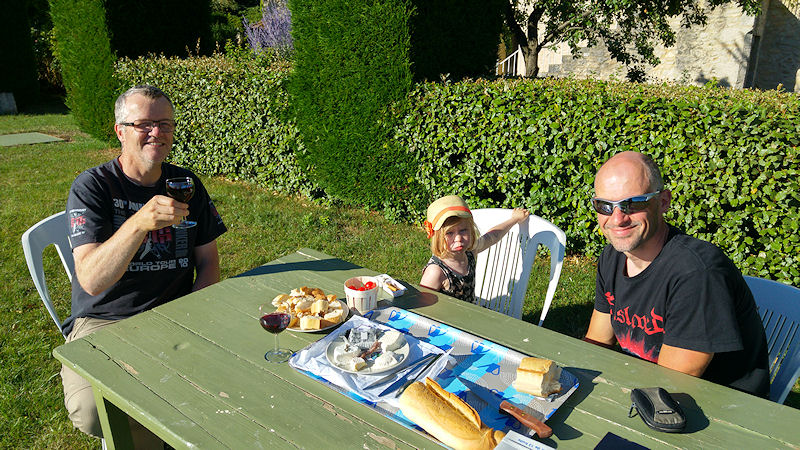
Figure 9. Celebrating the highly succesfull Perseid campaign 2016 with wine and Provencal goate cheese.
Left: Koen, right Michel.
12/13 August 2016
Again a top night although with a lot of moonlight during the first hours. After moonset the limiting magnitude reached again +6.8 with a beautiful starry sky with a deep dark background. Nice numbers of Perseids but rather few real fireballs. A Perseid of -3 and one of -6 were seen. 6.22 hour of effective observing resulted in 471 meteors. Highest hourly count of the Perseïds: 101.
13/14 August 2016
My final observing session at Revest du Bion yielded another 193 meteors observed in 3.2 hours of effective observing time, including a -3 KCG, a -3 and a -4 Perseid. Although the Mistral wind remained absent, just like during 12-13 August, we got again a deep dark sky background (limiting magnitude +6.8). highest hourly counts of the Perseïds: 51.
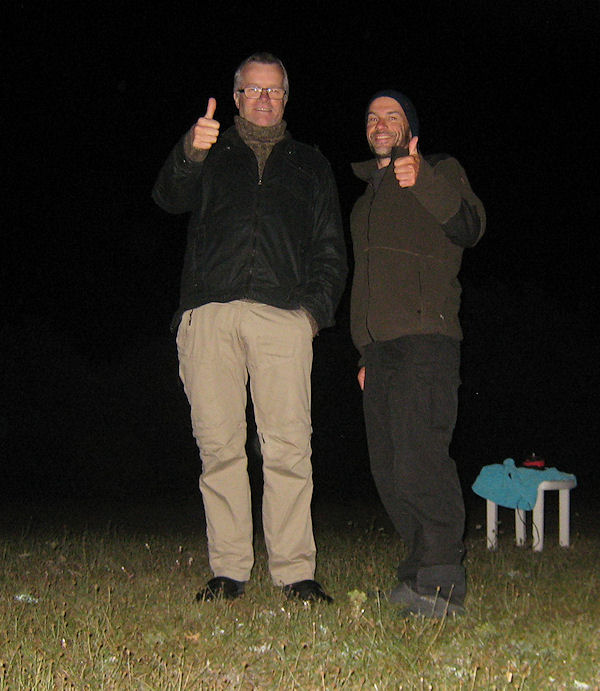
Figure 10. Last night at Revest du Bion!
14/15 August 2016
Michel could still observe a couple of hours on his own. I had meanwhile returned to the Netherlands.
Summary
Overall this was a very successful expedition. Also photographically it was a great success; both cameras captured roughly 350 meteors among which several very nice photographs.

